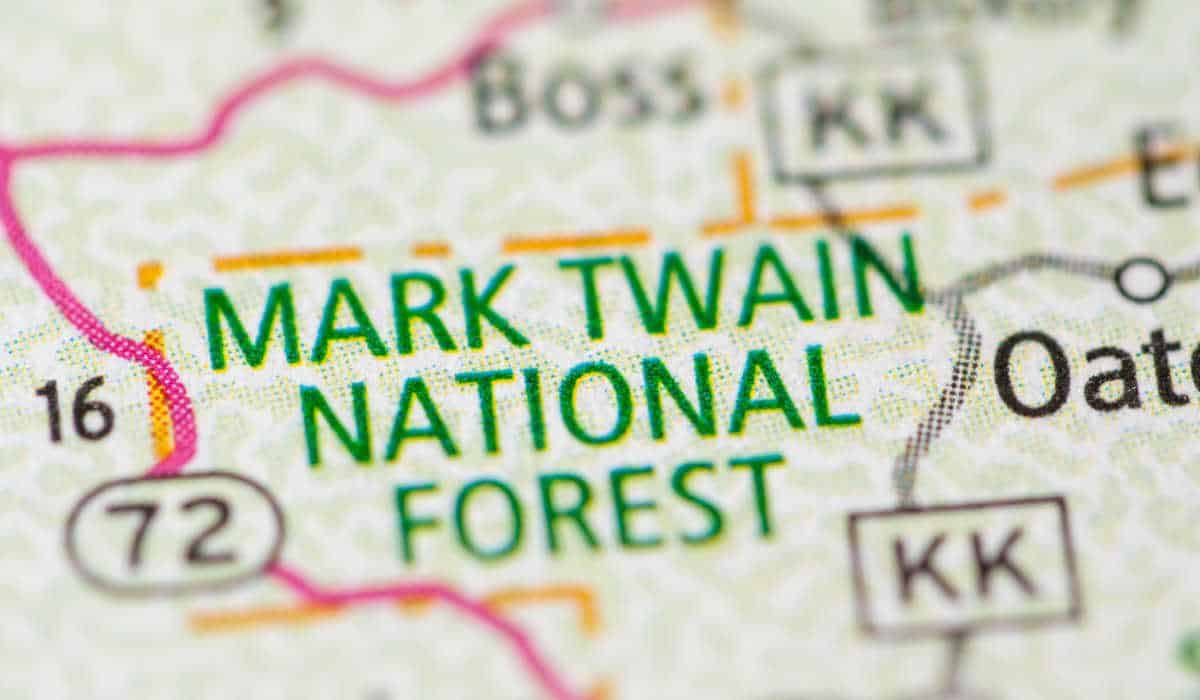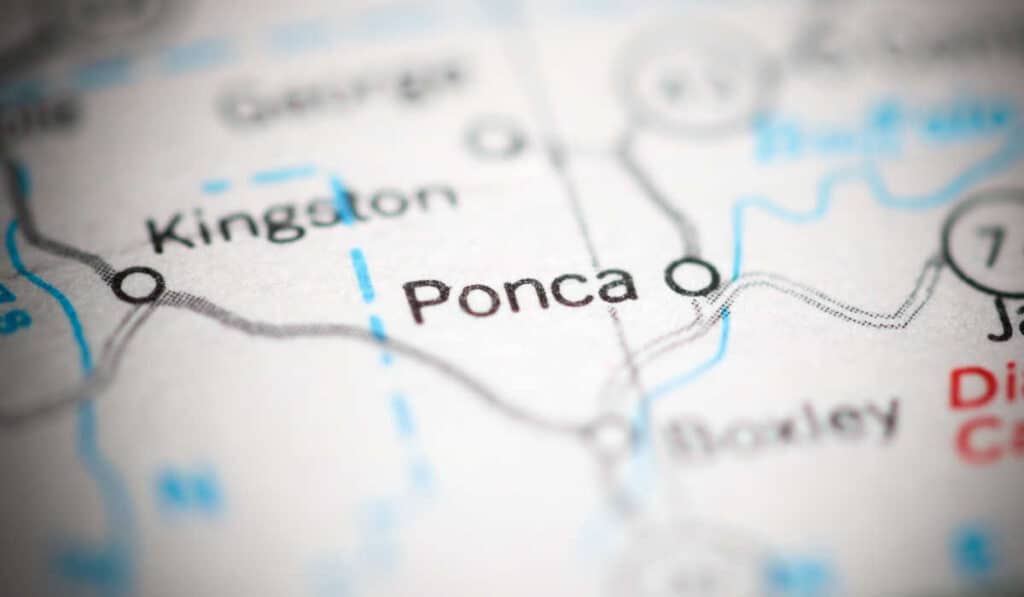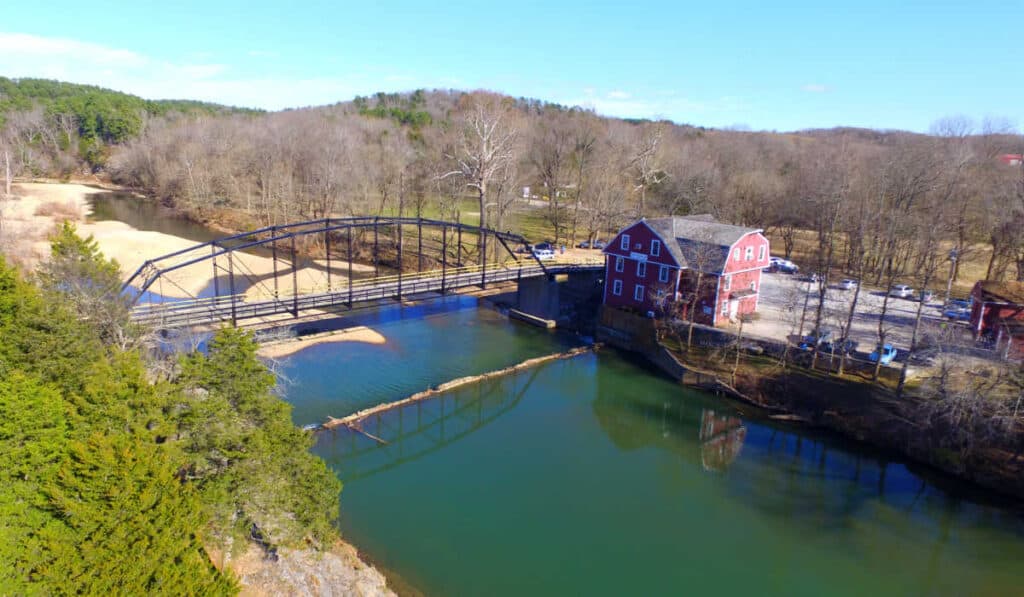Mark Twain National Forest, covering more than 1.5 million acres, offers a diverse range of outdoor activities amidst the stunning beauty of the Missouri Ozarks. This sprawling, beautiful park is home to 19 natural areas, 14 floatable streams, and 16 lakes, making it a paradise for nature lovers and adventure seekers alike. With various recreational activities, such as hiking, biking, horseback riding, camping, and water sports, visitors are sure to find plenty to do and explore.
The forest boasts an extensive trail system, with over 750 miles of hiking trails and 350 miles of streams for floating and paddling. In addition, there are more than 35 campgrounds and picnic areas, perfect for relaxing and enjoying the natural surroundings. For those seeking a more remote experience, 78,000 acres of the forest are designated as semi-primitive lands, accessible only by hiking, horseback, or mountain bike.

Whether you’re a seasoned outdoor enthusiast or simply looking to escape the hustle of everyday life, Mark Twain National Forest offers endless opportunities to connect with nature and create unforgettable memories. So pack your gear and set out on an adventure through the beautiful landscapes and rich biodiversity that await you in this remarkable national treasure.
Overview
Mark Twain National Forest, located in Missouri, is a breathtaking and expansive forest managed by the United States government. Covering over 1.5 million acres, the national forest is spread across 29 counties, providing visitors with a diverse and awe-inspiring experience of the Ozarks region. Recognized for its picturesque Ozark hills and lush, green landscapes, the Mark Twain National Forest offers numerous recreational activities for nature enthusiasts.
The area is known for its scenic drives, such as the Eleven Point National Wild and Scenic River, which showcases the unspoiled beauty of the forest’s shoreline and watershed. Spanning 44 miles from Thomasville to Gatewood, this route is perfect for those looking to admire the pristine natural environment from the comfort of their vehicle.
Visitors to the Mark Twain National Forest can also engage in various outdoor activities such as hunting. With over a million and a half acres available, hunters can pursue big game, game birds, and small game without paying any fees to the Forest Service.
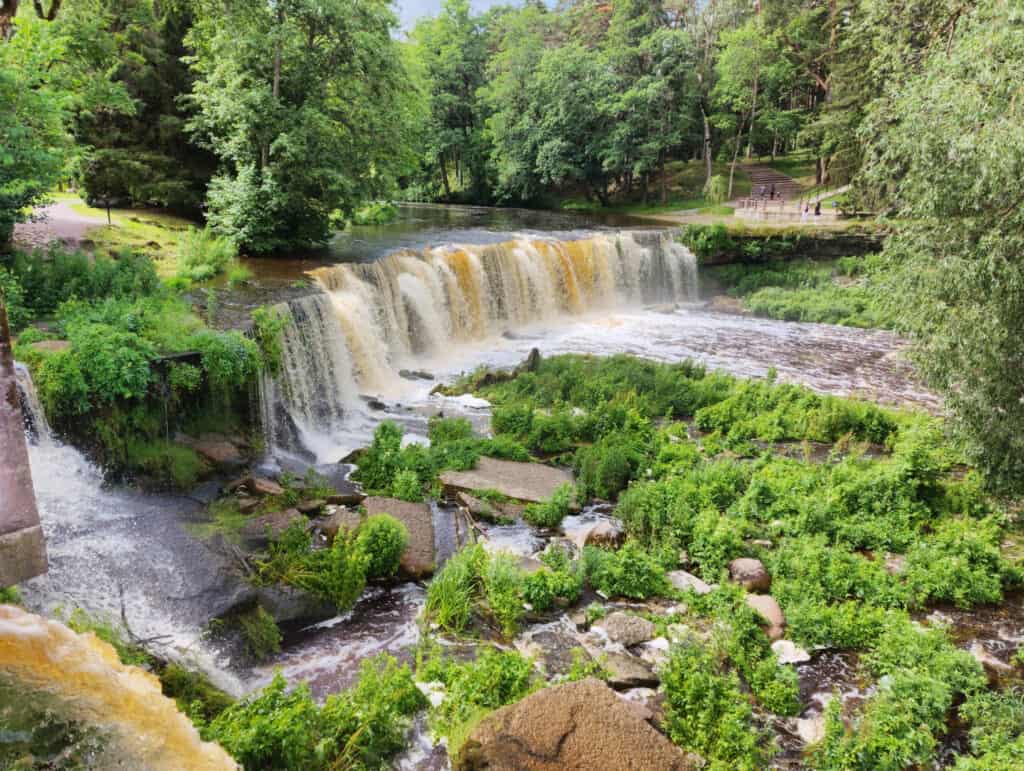
For those looking to explore the forest on foot, there are several well-maintained trails leading to popular destinations and offering breathtaking views of the surrounding landscape. These trails cater to hikers of varying skill levels, ensuring an enjoyable experience for everyone.
In addition to its awe-inspiring beauty, the Mark Twain National Forest plays a crucial role in supporting the Missouri ecosystem and conserving natural resources. The forest service actively works on maintaining a healthy, working forest while also restoring Missouri’s natural communities.
As you plan your visit to the Mark Twain National Forest, remember to acquire the necessary maps and publications to ensure a smooth and memorable trip. With so much to offer, the forest promises an unforgettable experience for visitors, immersing them in the natural wonders of the United States’ midwestern wilderness.
Recreation Activities
Mark Twain National Forest offers a wide variety of recreation activities for outdoor enthusiasts to enjoy. The forest covers more than 1.5-million acres, providing ample opportunities for visitors to explore, have fun, and connect with nature.
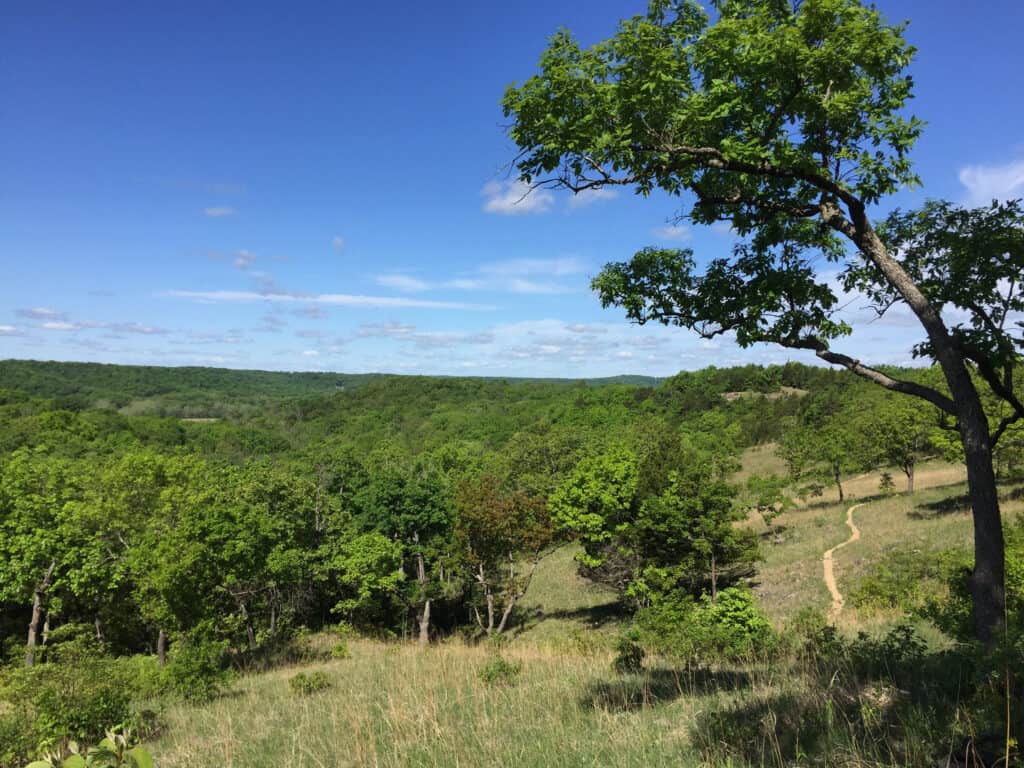
Backpacking and hiking opportunities are abundant in Mark Twain National Forest. The Ozark Trail is a popular destination for hikers, spanning more than 350 miles and traversing scenic landscapes, including forests, glades, and rolling hills. Day hiking trails are also available, catering to different levels of difficulty.
Nature lovers will find a myriad of plant and animal species to observe during their visit. With unique geological features, pristine springs, and numerous waterways, the forest is a haven for bird watchers, wildlife observers, and photographers.
Horseback riding is another exciting way to explore the captivating scenery of Mark Twain National Forest. Various designated trails are available for equestrian use, providing splendid backcountry adventures for both experienced riders and novices.
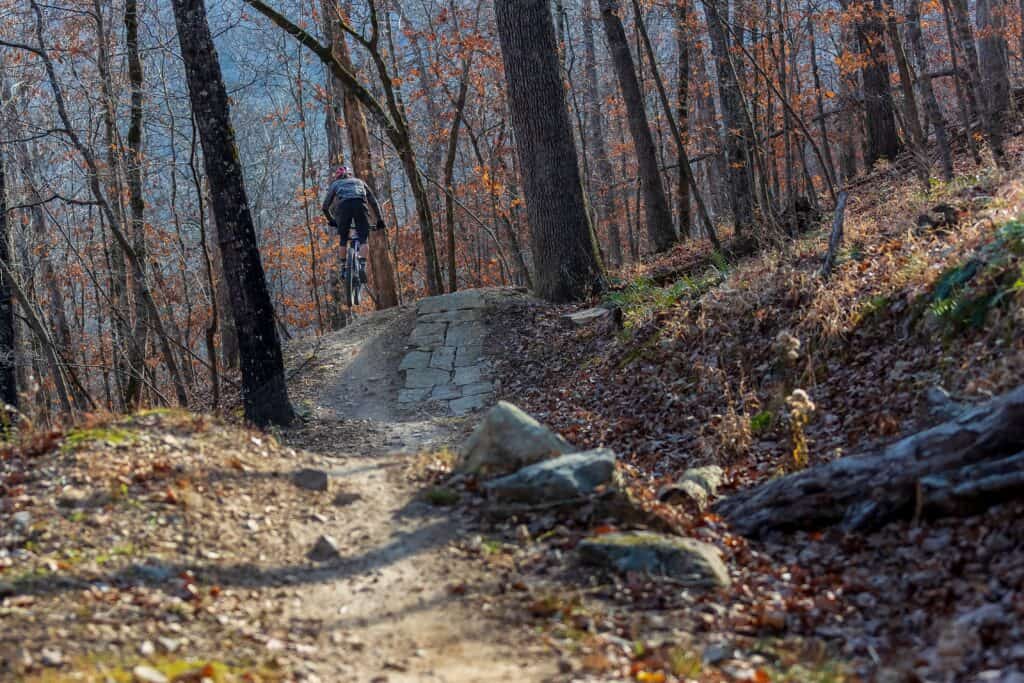
Mountain biking enthusiasts will enjoy the well-maintained bike trails in the forest, suitable for all skill levels. These trails offer a thrilling experience through rugged terrains, dense forests, and serene meadows.
Lastly, Mark Twain National Forest caters to ATV and motorcycle riders with various motorized trails designated for off-road vehicle use. Permits are required for off-road vehicles in order to maintain trail quality and ensure visitor safety.
With a diverse range of recreation activities available, Mark Twain National Forest is a delightful playground for outdoor adventure seekers. So, whether you prefer hiking, biking, horseback riding, or riding off-road vehicles, the forest offers a unique and enjoyable experience for everyone to create unforgettable memories.
Trails and Areas
Mark Twain National Forest offers a variety of outdoor experiences for visitors to enjoy. With over 750 miles of trails available for hiking, horseback riding, mountain biking, and motorized use, there is something for everyone.
The forest features seven Wilderness Areas, providing pristine and remote environments for those seeking solitude and adventure. These areas are perfect for hiking, backpacking, and wildlife viewing. In addition, the forest is home to several popular recreation areas such as the Fuchs House at Markham Springs, which offers a unique historical site and scenic views for visitors to enjoy.
The Ozark Trail winds through the forest, providing ample opportunities for hiking and connecting to many other trails and recreational sites. For off-road enthusiasts, the Chadwick Riding Area offers miles of challenging trails for dirt bikes and ATVs.
Mark Twain National Forest also boasts a variety of natural areas to explore, such as caves, springs, and other geological features. Outdoor enthusiasts can also enjoy floating, canoeing, and kayaking on the Eleven Point Wild and Scenic River, a designated national wild and scenic river that offers crystal-clear waters for paddling and fishing.
With over 350 miles of perennial streams meandering through the forest, visitors have an abundance of options for water-based activities. Float trips, fishing, and swimming are popular pastimes in the forest’s many accessible streams. Moreover, birdwatching and wildlife viewing opportunities are abundant throughout the area.
No matter your outdoor interest, Mark Twain National Forest has the trails, wilderness areas, and recreational opportunities for an unforgettable experience in the great outdoors.
Visitor Information and Passes
Mark Twain National Forest, managed by the USDA Forest Service, encompasses 1.5 million acres of public land across 29 counties in Missouri. This national forest offers a wide range of popular recreation opportunities for visitors.
When planning a visit to the national park, it is essential to obtain the appropriate passes and permits. The park offers Recreation Passes & Permits for activities like camping, ATV riding, and fuelwood collection. Special Use Permits are required for commercial and non-commercial use of National Forest System lands, such as easements for electrical and utility lines, and roads to access private property bounded by National Forest lands.
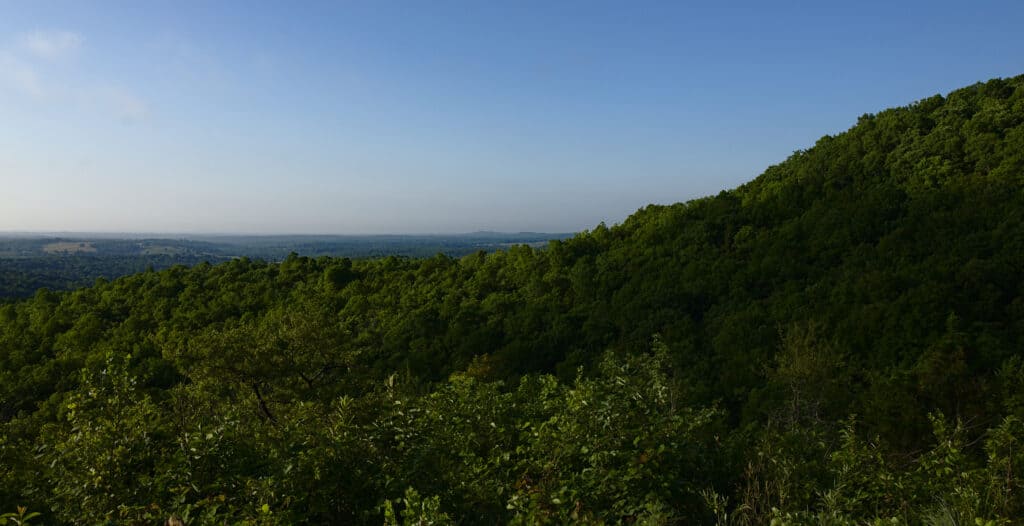
By following these guidelines and obtaining the proper passes and permits, you can confidently and knowledgeably explore the beautiful and diverse landscapes of Mark Twain National Forest.
Safety and Alerts
Mark Twain National Forest offers a variety of recreational activities, but safety should always be a priority. The US Forest Service encourages visitors to follow outdoor safety and ethics guidelines to ensure a pleasant experience for everyone.
When planning a visit to the forest, it is essential to check for alerts and notices, which include temporary closures, fire restrictions, and any changes to motorized vehicle use regulations. This helps in staying informed about the current forest conditions and following any specific rules or precautions.
One significant aspect of outdoor safety is responsible usage of motorized vehicles. Ensure you adhere to National Forest System roads and trails, and abide by any restrictions in place for off-road vehicle use. This helps in preserving the environment and preventing damage to the forest’s natural resources.
Practicing “Leave No Trace” ethics is crucial in caring for the land. Visitors are encouraged to minimize their impact by properly disposing of waste, respecting wildlife, and being considerate of other guests.

Fire safety is also critical in Mark Twain National Forest. Before visiting, familiarize yourself with the forest’s fire restrictions and ensure you follow all guidelines to avoid causing wildfires.
Lastly, outdoor safety involves being prepared for emergencies. Carry sufficient water, first aid supplies, and have a communication device handy. Remember to inform someone about your travel plans, including the location and expected return time.
By following these safety guidelines and staying updated with the latest forest alerts, your visit to Mark Twain National Forest can be enjoyable, secure, and responsible.
Leave No Trace Principles
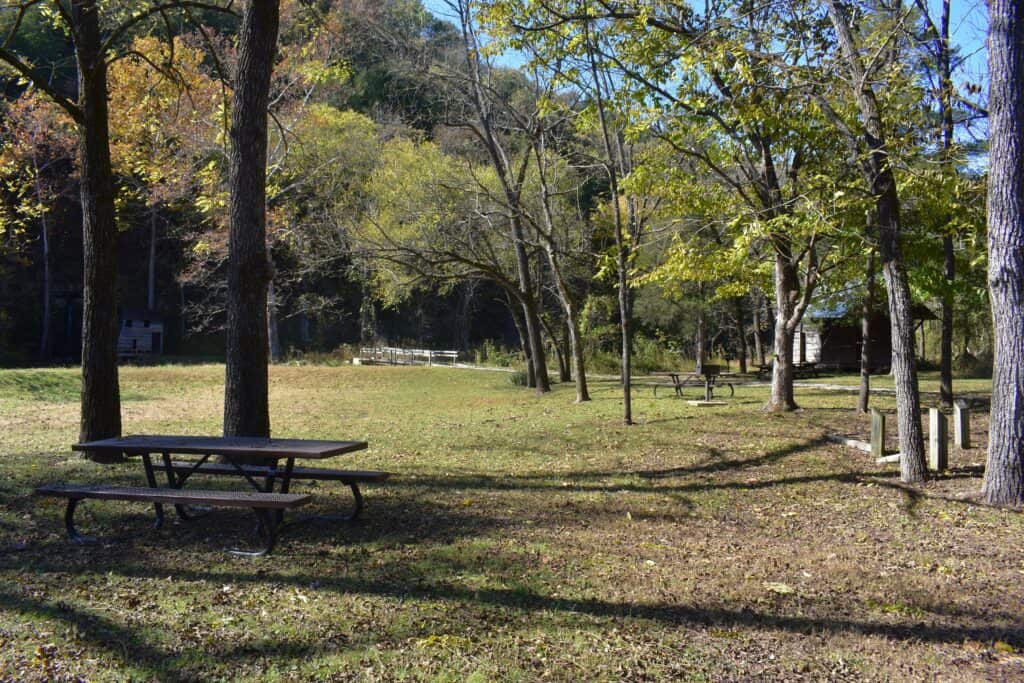
When visiting the Mark Twain National Forest in southern Missouri, it is essential to follow the Leave No Trace Principles to preserve the natural beauty of the area and ensure a safe and enjoyable experience for all visitors.
The 7 Principles of Leave No Trace provide a minimum impact framework for exploring the outdoors. They can be applied to any outdoor setting, including remote wilderness areas, local parks, and even your backyard.
- Plan Ahead and Prepare: Before heading out, research the area, including regulations, weather, and potential hazards. This will help you to be better prepared and minimize the impact on the environment.
- Travel and Camp on Durable Surfaces: Stick to established trails and campsites to minimize the damage to vegetation and fragile ecosystems. Camp at least 200 feet away from lakes and streams to protect water quality and wildlife habitat.
- Dispose of Waste Properly: Pack out all trash, leftover food, and litter from your trip. If no toilet facilities are available, bury human waste in catholes 6-8 inches deep and at least 200 feet away from water sources, campsites, and trails.
- Leave What You Find: Respect the natural environment by not picking plants, removing rocks, or disturbing cultural or historic artifacts. Let others enjoy the experience of discovering the forest just as you have.
- Minimize Campfire Impact: Use a camp stove for cooking instead of making a fire, as fires can cause lasting impacts on the environment. If you must have a fire, use established fire rings and keep fires small.
- Respect Wildlife: Observe wildlife from a distance and avoid feeding or approaching them. This helps maintain their natural behaviors and keeps both you and the animals safe.
- Be Considerate of Other Visitors: Keep noise levels down and respect the privacy of other campers. Yield to other trail users and follow posted signs for trail etiquette.
By adhering to the Leave No Trace Principles, you’ll help protect the pristine beauty of Mark Twain National Forest for future generations while enjoying a safe and memorable experience.
Conclusion
In conclusion, the Mark Twain National Forest is a truly magnificent site to explore. Covering a staggering 1.5 million acres across the southern half of Missouri, it offers an unparalleled variety of landscapes, activities, and wildlife to discover.
Whether you’re an ardent hiker eager to traverse its over 750 miles of trails, an enthusiastic bird watcher who can’t wait to spot some of the 175 bird species recorded in the forest, or simply a nature lover longing for the soothing serenity of the great outdoors, the Mark Twain National Forest has something for everyone.
In terms of packing, it’s important to come prepared for your visit. Check the weather forecast ahead of your trip as the average summer temperatures can rise to 90°F and can drop to 20°F in the winter months. Ensure you pack your essentials accordingly. Also, remember that the forest is home to diverse wildlife, including over 50 mammal species, so keep a respectful distance and do not feed the animals.
The Mark Twain National Forest is more than just a place to visit; it’s a place to reconnect with nature and revitalize your spirit. It’s a treasure waiting to be explored, offering an experience that you’ll cherish and remember forever.

